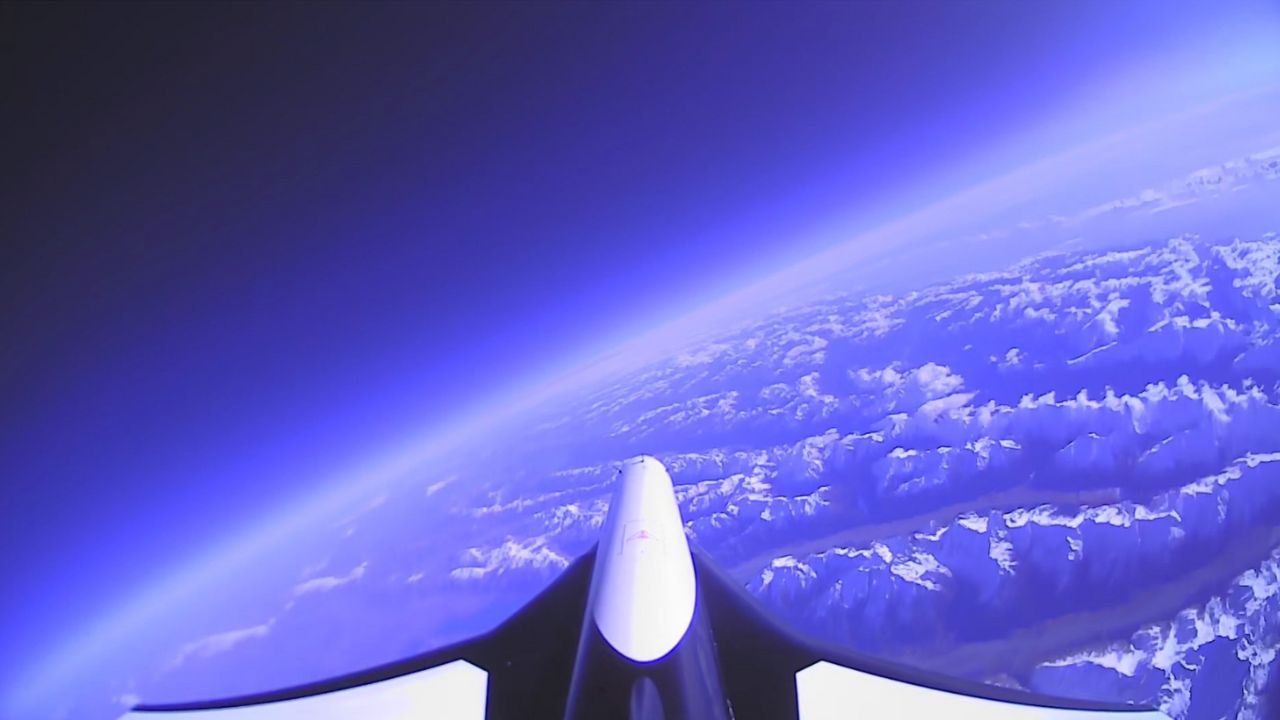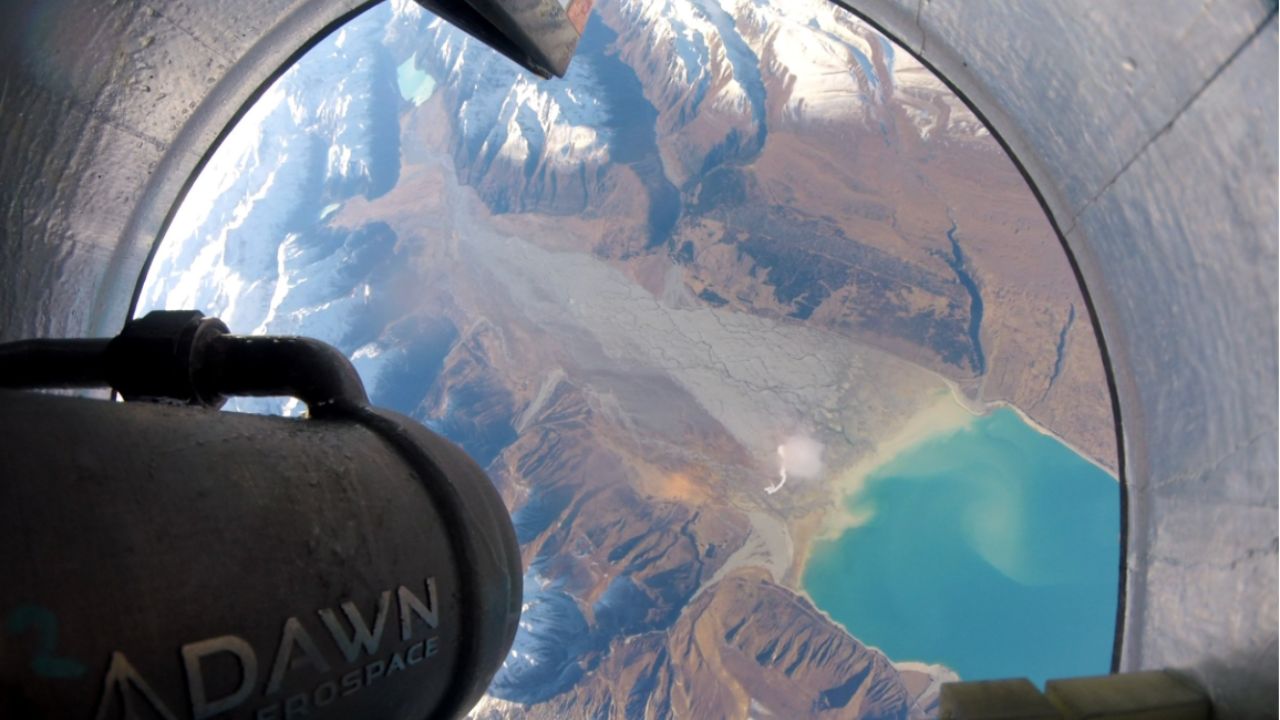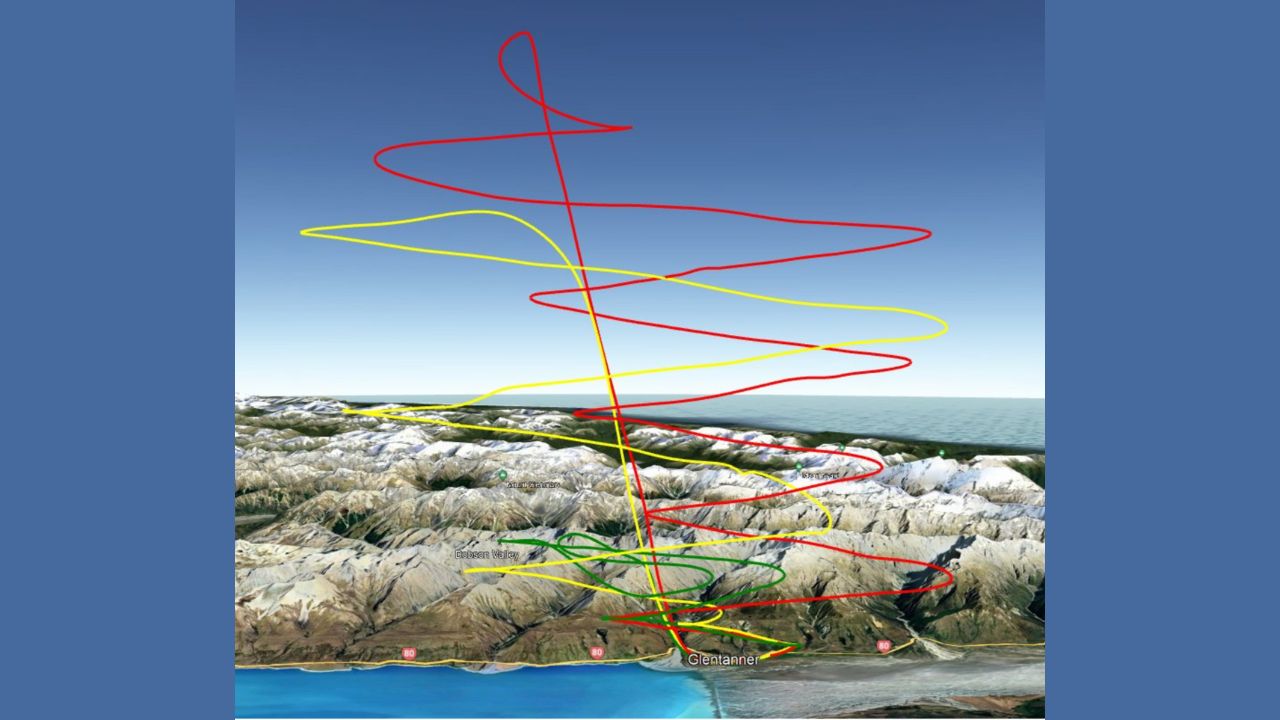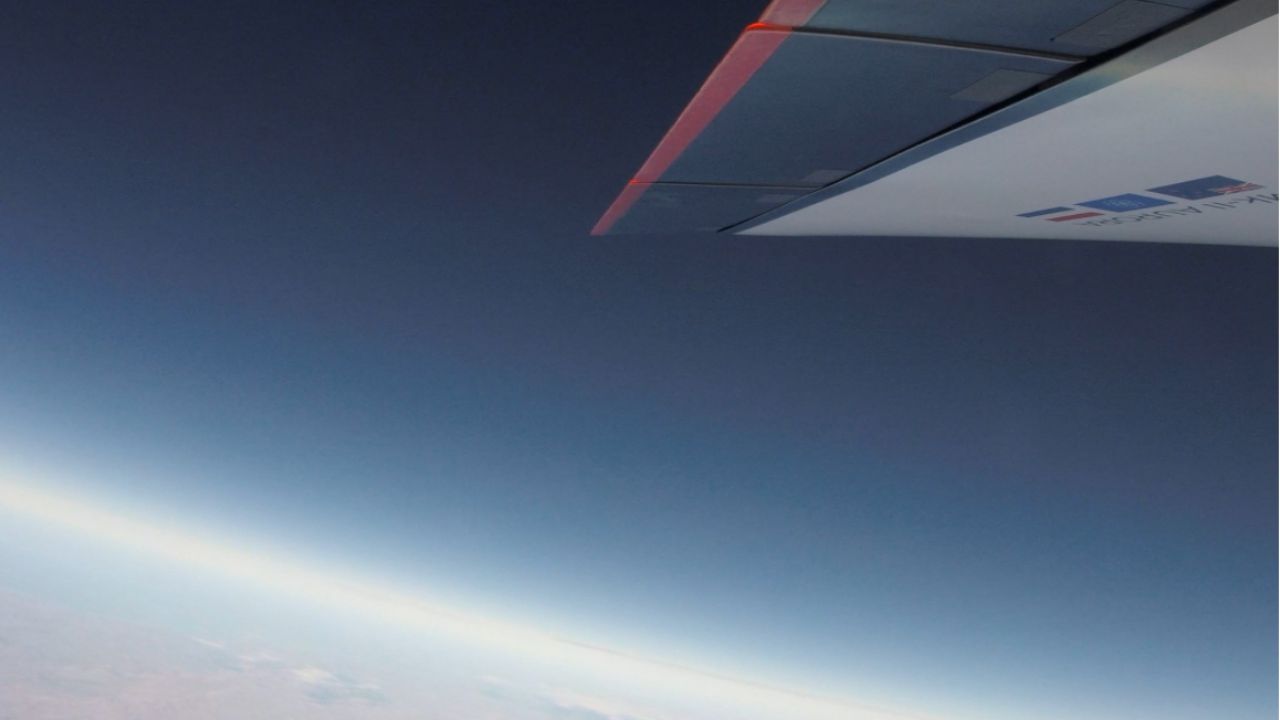Dawn Aerospace, based in Christchurch, New Zealand, is making waves in the aerospace industry with its groundbreaking approach to creating a reusable spaceplane. But why should this matter to you? Imagine a future where space travel is as routine and affordable as flying across the country. This is the vision Dawn Aerospace is working towards, and its recent achievements bring us one step closer to that reality.
GET SECURITY ALERTS, EXPERT TIPS – SIGN UP FOR KURT’S NEWSLETTER – THE CYBERGUY REPORT HERE
Major advances in spaceplane technology
Dawn Aerospace’s latest test flight, conducted as part of its Campaign 2-2 development program, saw its uncrewed Mk-II rocket-powered aircraft reach transonic speeds of Mach 0.92 and an altitude of 50,000 feet.

Credit: Dawn Aerospace
This achievement represents a substantial enhancement in performance, with improvements of three to five times compared to previous metrics. The company is now ready to begin Campaign 2-3 in September, where it hopes to achieve supersonic flight for the first time. The overarching goal is to create a spaceplane that combines the performance of a first-stage rocket with the predictability and rapid turnaround of a conventional aircraft.

Credit: Dawn Aerospace
NASA’S DRAGONFLY DRONE CLEARED FOR FLIGHT FOR SATURN’S MOON, TITAN
The vision behind Dawn Aerospace
The philosophy behind Dawn Aerospace’s development strategy is reminiscent of NASA’s X-15 program from the 1950s and 1960s. The company focuses on incrementally developing the spaceplane by starting with a conventional aircraft design and progressively enhancing its performance and capabilities with each campaign cycle. This method allows the aircraft to take off and land from a runway like a traditional plane while gradually incorporating advanced technology.
Campaign 2-2 was a big success for Dawn Aerospace, with three flights achieving all their goals. Now, they’re gearing up for Campaign 2-3, which will use the Mk-IIA aircraft. This plane is expected to break the sound barrier and confirm that the design works well at different speeds and altitudes. After that, they’ll move on to the Mk-IIB, which will have more power—10% more thrust and 30% more total impulse than before.

Credit: Dawn Aerospace
THE RACE TO FLOAT TOURISTS TO THE EDGE OF SPACE IS HEATING UP
Future goals and aspirations
Dawn Aerospace has set ambitious targets for its Mk-II spaceplane. By the end of 2025, the company hopes to climb faster than an F-15, fly higher than a MiG-25, and exceed speeds greater than the SR-71 Blackbird. Additionally, they aspire to be the first vehicle to fly above the Karman line, defined as 62 miles altitude, twice in a single day. Many of these records have stood for over 50 years, highlighting the ambitious nature of their goals.
The company has invested approximately $10 million into the program so far and plans to complete it for under $20 million in total. Dawn Aerospace’s rapid progress through flight testing, compared to other rocket development programs, can be attributed to its core philosophy and design methodology. This approach allows the company to move quickly and confidently through flight tests while minimizing risks.
SUIT UP FOR THE STARS: SPACEX’S NEW ERA OF SPACE FASHION
The philosophy of design
Dawn Aerospace’s founders, with backgrounds in traditional rocketry and aviation, have designed the Mk-II to embody the properties of an aircraft—rapid reusability, high reliability, and low operational costs. This philosophy enables the company to maintain these characteristics throughout the flight test program, allowing for a high flight cadence that fosters rapid testing, iteration, and learning.
Every design decision made by Dawn Aerospace prioritizes an aircraft’s essential properties, such as using standard runways, employing storable propellant engines, and ensuring quick turnaround times. Achieving an aircraft standard is challenging but ultimately unlocks a development path that has historically propelled aviation advancements.
By approaching the Mk-II as an aircraft with rocket-like performance, Dawn Aerospace can take measured risks in quick succession, allowing for precise adjustments based on high-fidelity flight test data. This methodology has proven effective, saving the company from extensive delays and setbacks often associated with traditional rocket development.

Credit: Dawn Aerospace
Kurt’s key takeaways
Dawn Aerospace’s innovative approach to spaceplane development has the potential to revolutionize the aerospace industry. By blending the operational characteristics of aircraft with the performance capabilities of rockets, the company is set to make space more accessible and affordable. As they continue to push the boundaries of aerospace technology, the implications for commercial space travel and satellite deployment could be profound. The success of their upcoming campaigns will be closely watched by the world, and we will, of course, keep you updated as they may set new standards for the future of flight.
Would you want to take a trip on a reusable spaceplane like Dawn Aerospace’s Mk-II, potentially reaching supersonic speeds and soaring above 62 miles into space? Let us know in the comments below.
FOR MORE OF MY TIPS, SUBSCRIBE TO MY FREE CYBERGUY REPORT NEWSLETTER HERE




3 comments
Absolutely! Git-er-Done so I can fly in it soon (I’m currently 75, so hurry up [safely])!
And so would I. But I would need someone to pay for the cost of my flight if I should take up the offer on it. By the way and for your info, I would be 75 in October. But I’m in no hurry for that flight.
And me too. I would like to sit in the cockpit. Hope the windshield wipers don’t breakdown while we’re flying. I’m 68 years old .